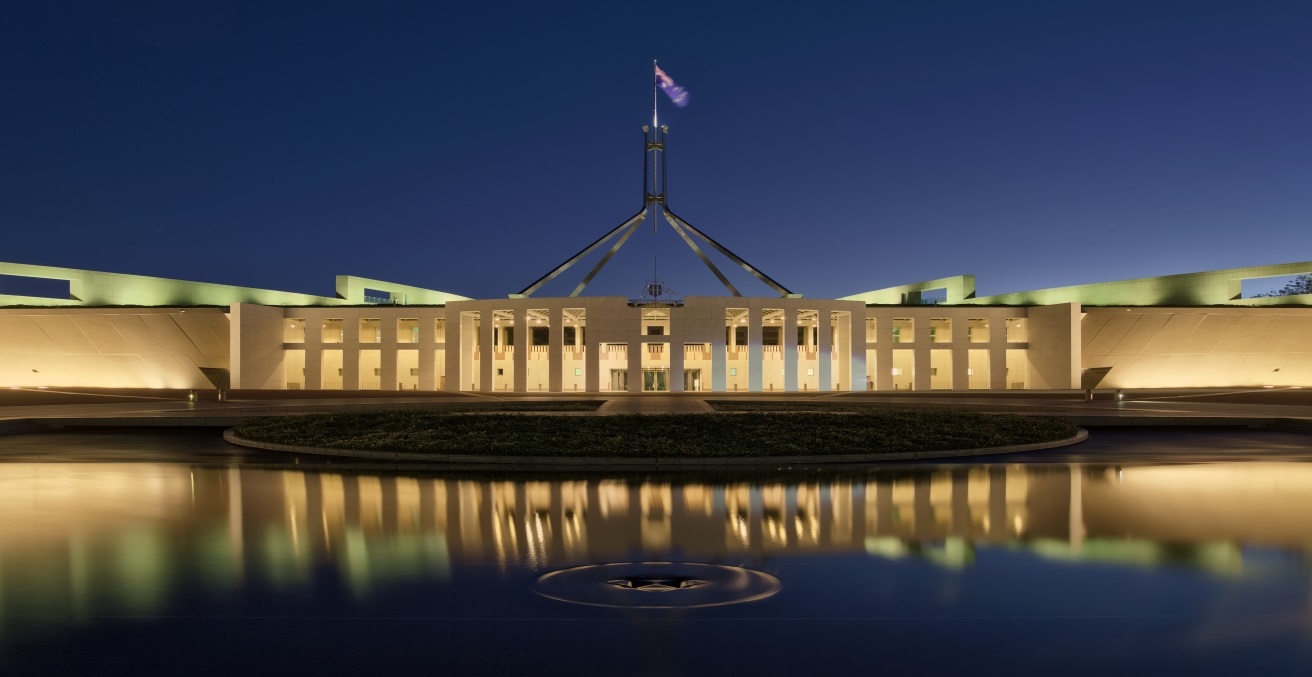The recent Los Angeles fires warrant the importance of climate change prevention. With polices shifts under the new Trump Administration, Australia needs to continue strengthening its efforts in climate change mitigation and adaptation.
The Los Angeles fires of January 2025 are contained and the cleanup and rebuilding process have begun. It’s now worth taking a moment to examine what will likely be the area’s most costly natural disaster to date. As of writing, the fires have burned over 50,000 acres, destroyed 16,000 homes and other structures, resulted in the deaths of at least 29 people, and are estimated to have cost the region more than $250 billion US dollars.
Whenever there’s a disaster this large, talk inevitably goes in two directions: what or who enabled it? And how can we prevent another one? There have been a lot of questions about very local issues. However, in focusing on local-level capacity and planning, it’s easy to miss the bigger picture, and thus the potential lessons for Australia: these fires were a direct result of climate change, and were made both more likely and more deadly by the failure to deal with climate change. This includes lapses in both mitigation and adaptation.
Attributing responsibility for any particular fire is complex, but the general scientific consensus is that climate change has affected both drought and wind patterns in Southern California in ways which make fires more likely. The dry season is getting hotter, drier and longer, and now overlaps with the winter period in which the Santa Ana winds blow. The hot, dry, high-speed gusts move over the area and out to sea, spreading fires easily through the LA area’s canyon-filled topography and flammable dried-out plants and trees. Importantly for , the climate and topography of Southern California are similar to areas in Australia which also face the risk of fire. These areas include parts of Sydney, the Adelaide Hills, and the Dandenongs, among others.
How did we get here? Climate change prevention ( i.e. mitigation) is a global issue, and responsibility is distributed across countries, industries, consumers, and governments at all levels. Many climate experts now believe that we will miss the Paris Agreement’s 1.5 degree target entirely. Australia has not covered itself in glory in this space, with emissions reductions lagging for much of the past 30 years and large infrastructure projects, such as the shift away from coal and gas, remaining contentious (new transmission lines for solar) and potentially very expensive (nuclear power plants)
So what should Australia (and California) actually do to lessen the risk of bushfires? That’s called climate change adaptation. According to the United Nations, “Adaptation refers to adjustments in ecological, social or economic systems in response to actual or expected climatic stimuli and their effects.” Many of the local policies noted above, including updated fire hazard maps, revised building codes and retrofits for withstanding fires, better wildlands management, year-round readiness, and infrastructure changes, are part of a climate adaptation strategy specifically for managing fires. They are designed to enhance local capacity to prevent and deal with events which are now, sadly, increasingly likely.
Ideally, we will continue to enact both mitigation and adaptation policies. We don’t want climate change to get worse—and—we need to deal with how bad it already is. But, as noted above, responsibility for climate change is something which spans multiple levels of government all over the world. How are the new Trump Administration’s policies, for example, likely to impact efforts at both mitigation and adaptation?
In short, they’re likely to make it worse. In less than a month, the new administration has engaged in a flurry of activity in both the domestic and international political spheres that will blunt or even reverse existing efforts to deal with climate change. Perhaps the largest is that the United States has once again withdrawn from the Paris Agreement, the most important international mechanism for cooperation on climate change issues. This means the US government won’t participate in either its climate targets nor its climate financing system, which helps lower-income countries to meet their own commitments. Just to prove its point, the Trump administration has also declared a “national energy emergency” and made it easier to license new oil and gas production. In addition, unrelated tariffs and sanctions on Canada, Mexico, and others, including—possibly—Australia, could affect the international mutual aid system in which countries offer to send their own specialised firefighting crews and equipment to emergency situations all over the world..
Trump is also removing existing supports for climate change prevention and preparedness, community resilience, and environmental justice, both at home and abroad. An executive order has rescinded President Biden’s Justice40 initiative, which sought to channel infrastructure and other investments on climate to the most-impacted communities. The federal hiring freeze has impacted the hiring of seasonal firefighters, and the pause on disbursing of government grants, including from disaster recovery agency FEMA and the US Agency for International Development (USAID), has left communities without much-needed funding and support.
What should we do here in Australia, given the new anti-climate-change attitude from the US government? Rather than simply throw up our hands in defeat, we (and others) need to step up our own efforts at both mitigation and adaptation. First, mitigation: we need to take climate change legislation and policy seriously, and get moving, including on exporting coal and gas, major infrastructure, and the clean energy transition. Second, on adaptation: we already know we are vulnerable to bushfires. Vulnerable regions should look extra carefully at the local and statewide policies which made the LA fires so hard to contain, and adjust their own plans to better meet changing climate conditions. Because conditions are changing, and we need to keep up.
Dr. Carla Winston is a Senior Lecturer in International Relations at The University of Melbourne. She works on International Relations theory, norms and norm diffusion, complexity theory, the politics of international law, human rights and transitional justice, and peace and conflict.
This article is published under a Creative Commons License and may be republished with attribution.




